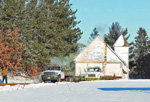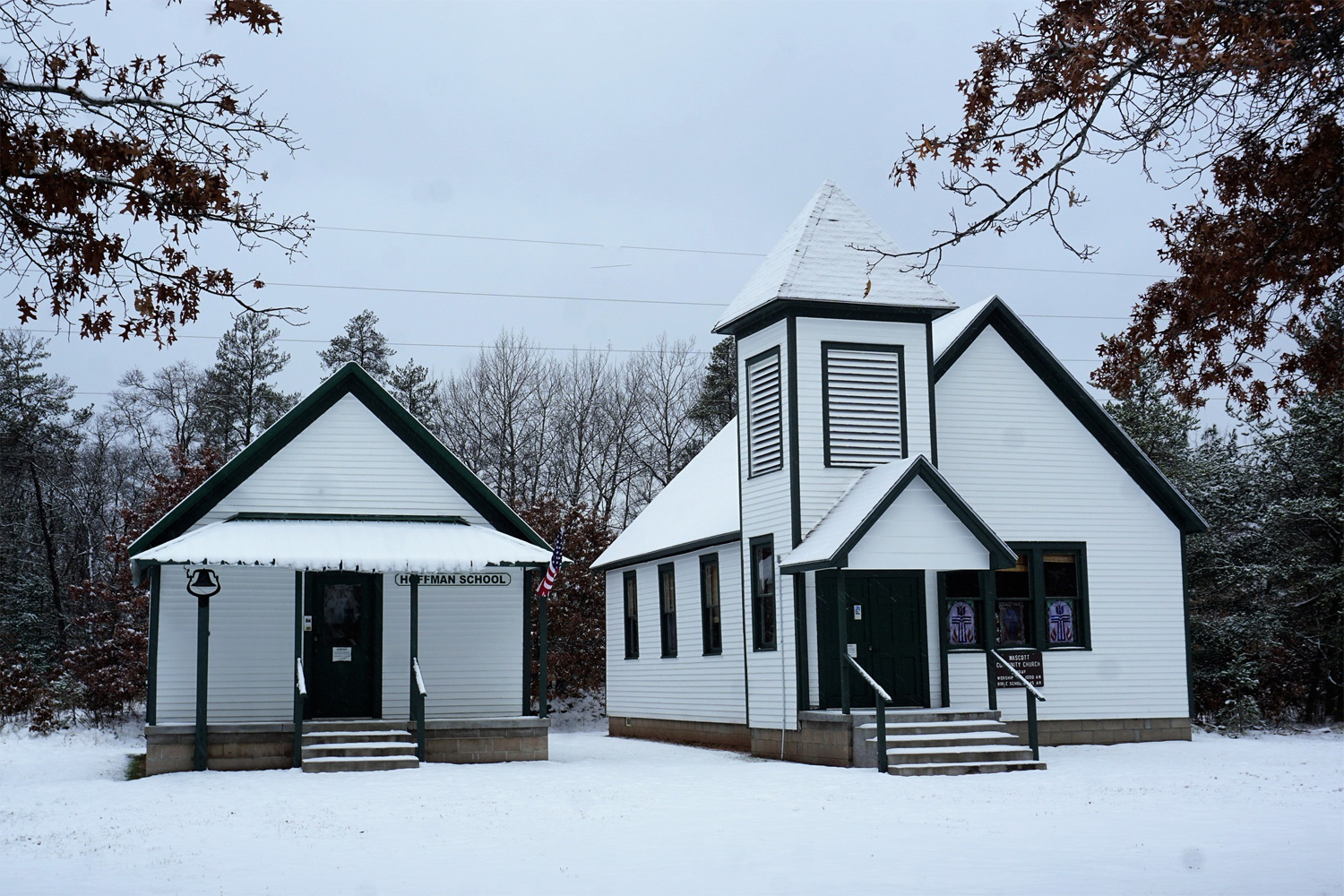|
Purpose of Committee:
Mission Statement: To preserve
and promote the rich history of our Gordon and Wascott area,
providing educational programming and opportunities to tour our
historical facilities.
Committee Meetings:
-
Annual Meeting is 1st Friday eveniung in June
-
Quarterly Meetings are the 1st Friday evening in March,
June,
September, and December
Information & Services:
-
The
Whalen House Museum, built in 1907, and the 1911 Soo Line
Railroad Depot, located in Gordon, are available for viewing
from Memorial Day to Labor Day, Saturdays-Sundays from
10:00am-4:00pm. Artifacts, historical items, and
family histories are
displayed.
-
"Back the Road a Bit," A Gift Shop is
located in the Railroad Depot with a number of items for
sale including historical books documenting family histories
and photos, "Mr Gordon's Neighborhood," by Ron Seningen,
tee-shirts, coffee mugs, and historical prints by Kate Perry..
-
The Wascott Historical Park, located across the road from
the historic Wascott Town Hall, is open the first weekend of
June, July, and August - Saturdays and Sundays from 1-3pm or
by appointment. It consists of a one-room country
schoolhouse built in 1896 and the old Wascott Community
Church.
-
Briefly...
History of Gordon
In the beginning, this
was an untamed
wilderness, rivers and lakes and glimmering pools, vast
wastes
of endless green forests extending westward to the prairie
country.
To this untamed land came the trader, missionary
and soldier. Again,
their ghostly campfires seem to burn, and
the fitful light is cast around
on Lord and Vassel and black-robed
Priest, mingled with wild forms of
savage warriors, knit in close
fellowship on the same stern errand.
That errand was to wrest
this wilderness from the primeval sleep of
centuries.The
St. Croix river and tributaries was long an ancient trade route
and war
path of the Chippewa and Sioux Indian Tribes. The
struggle between
these tribes was finally settled in a last great
battle on this river,
when the Chippewa warriors under Chief Buffalo
defeated the Sioux whose
defeated band retired to the prairies to
fight the last great Indian wars
against the white invader.
It was truly the land of
Hiawatha, where members of the so-called
ost tribe of the Turtle clan
hunted, fished, trapped, fought and
pursued their ancient culture and
worshipped their gods.
click here for "The Story of Gordon."
History of Wascott
Wascott was
initially a part of Gordon until the Town of Wascott
was established in 1910. As you explore present day
Wascott, you will discover interesting remnants of
its early years. In the Northwest area, there
remains the copper mines once worked by the pioneer
miners. Third and fourth generation forests will
remind you of the once booming logging business
here. Occasionally, in the woods you will discover
the remains of an old logging camp or trading post -
rusty pots and pans, a miniature flat iron or parts
of old boots.
A visit to the
Wascott Kreide Cemetery which was established over a
century ago will reveal pioneer family names. If you
look closely, you will find a Civil War veteran
amongst the WW1 and WW2 veterans’ graves.
At the turn of
the last century, Wascott was a stopping place for
railroads. In fact, the town’s name is derived from
a W.A Scott, an official of the
Chicago/St.Paul/Minneapolis & Omaha Railroad.
Wascott’s Town
Hall was constructed of cedar logs in 1942 as a WPA
project. There is a massive stone fireplace inside.
In recent years, a kitchen and large addition have
been added to accommodate local events. Across the
road is the Wascott Historical Park consisting of
the Community Church which was built in 1914, and
the Hoffman one-room country schoolhouse dating back
to 1896.
Wascott’s 54
major lakes once attracted settlers establishing
farms, trading posts, sleeping accommodations
and later, small businesses to serve tourists
coming by train. Today, it has become a popular
tourist destination for people wishing to enjoy the
lakes, woods, ATV and snowmobile trails.
Douglas County
was created by an Act of Legislature
on
February 8, 1854, and was named after United State Senator, Stephen A. Douglas of Illinois who was financially interested
in
the new settlement. The settlement, located at the mouth of
the Nemadji River, was known as Superior. Douglas County,
fourth largest county in the State (land area), lies in the
Northwest
corner of the Indian Head Country and the State. Superior is
the
county seat of government and the home of our Court House,
which is considered the finest Court House in the Northwest. Today, there are forty-one supervisors on the County Board
representing twenty wards in the City of Superior, five
incorporated villages and sixteen towns.
Centennial 1860-1960
Sesquicentennial was celebrated in 2010
|










